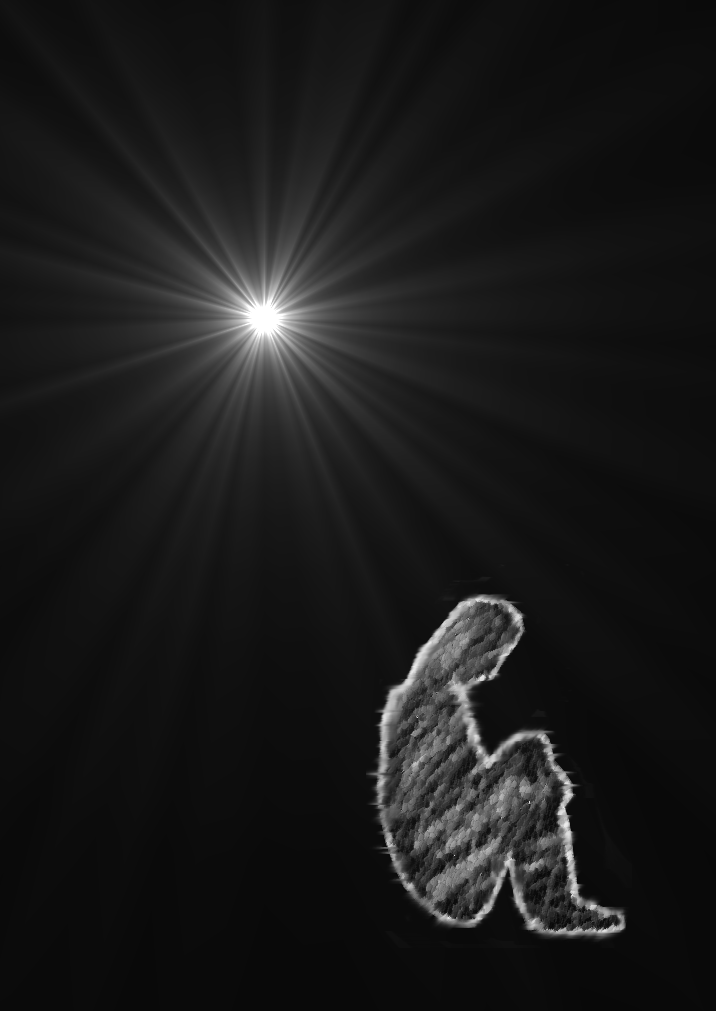Seasonal Affective Disorder (SAD) is a mood disorder provoked by reduced daylight hours during autumn and winter. SAD is considered a seasonal type of depression characterized by irritability, oversleeping, increased tiredness, changes in appetite, and reduced motivation to participate in social activities. Countries closest to the equator report almost no incidences of SAD, whereas extreme northern and southern countries have high incidences. This is mainly due to the fluctuations in daylight hours as the seasons change, disrupting a person’s circadian rhythm—or internal clock—which controls a person’s physiological response to light and darkness.
Approximately two per cent of people in Canada and one per cent of people in the U.S. experience SAD every year. Women are four times more likely than men to experience SAD due to the disorder’s association with female hormones. Individuals who have been previously diagnosed with depression, or those who have a family history of depression, are at an even higher risk for SAD.
The underlying causes of SAD are undefined, but it is likely that the reduction in daylight hours causes shifts in hormone and chemical levels in the brain. The two main hormones responsible for SAD are serotonin—responsible for mood—and melatonin—responsible for inducing sleep. Some people are more sensitive than others to this reduction in daylight hours and will produce more melatonin and less serotonin during the autumn and winter months. These chemical shifts disrupt the circadian rhythm, worsen moods, and decrease energy.
As with many other forms of depression, exercise and frequent trips outdoors can help prevent or relieve SAD symptoms.
The most common treatment for SAD is light therapy, which consists of daily exposure to a light box that mimics outdoor light, leading to increases in serotonin levels in the brain that will help lift moods and relieve other symptoms. It is best to start light therapy early in the fall, before symptoms appear or they become to get too intense and interfere with school work and other daily activities.
Purchasing a light box may be a huge expense for many students, as they typically cost upwards of $250 each. However, they have been shown to help alleviate depression symptoms during those stressful and long winter months, and could be considered a wise investment in one’s well-being rather than only a burden on the bank account. Alternatively, cognitive behaviour therapy and antidepressants can be used to treat more severe cases of SAD. These resources are also available through McGill’s Mental Health Services.
If you are unsure if you have SAD, trying light therapy has not been shown to cause any harm. There are some new and useful resources at McGill for students to rent a light box to try at home before buying one. “Happy Lights” is a wellness program that was started by Students’ Society of McGill University (SSMU) last year, through which students can rent a light box for a few weeks. The rental provides a sufficient period of time to test the effectiveness of light therapy to alleviate SAD symptoms. In addition to SSMU’s “Happy Lights,” there are other light therapy lamps available on campus offered by McGill Mental Health Services, the McGill Office of Religious and Spiritual Life (MORSL), and Macdonald Campus Student Services.









